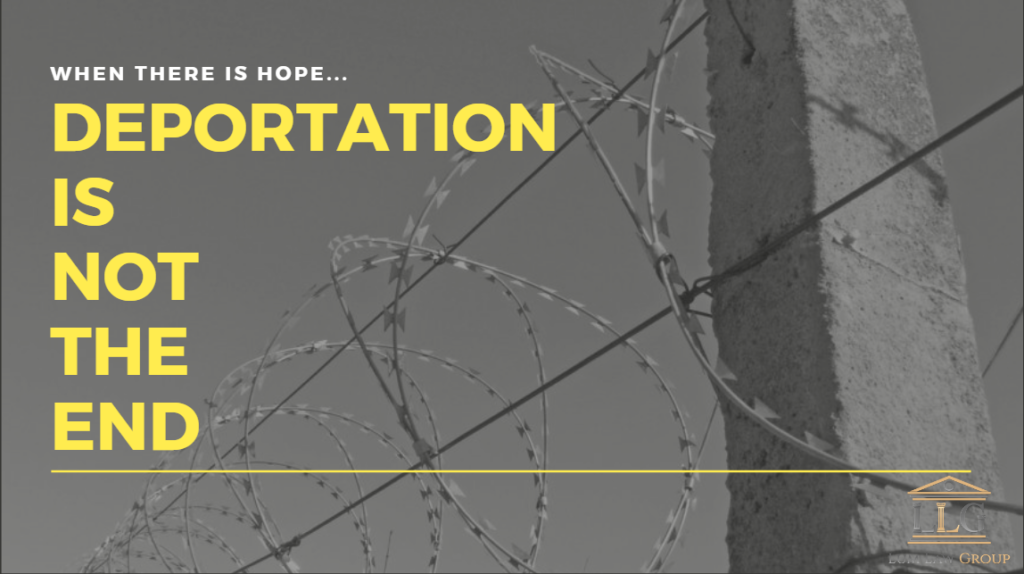How to Prove Extreme and Unusual Hardship

Many of our clients are aware that they need, or will need, a I-601 or I-601A waiver in order to re-enter or apply for a green card in the U.S. Most hardship waivers and relief require proof of “extreme and unusual hardship” to qualify. Many of our clients feel that they meet the requirements. So […]
Deportation is not THE END – When there is hope

Deportation has become a source of tears, hardship, and anxiety for many of our clients in recent months. The new administration has tightened policies, increased the number of ICE arrests, and limited the amount of discretion at the disposal of individual officers. As a result, we have seen an increase in the number of detainees […]
Immigration: What is a “waiver” and how do I get it?

A waiver is “legal forgiveness”, which can be requested if you have a condition, a record, or any other reason why you may be considered “inadmissible” or if you’re in the US “unlawfully” (out of status). If you’re deemed inadmissible, find the I-601 form and information here. If you’re unlawfully present (illegal), find the I-601A […]

